Create a Stunning Low-Maintenance Garden
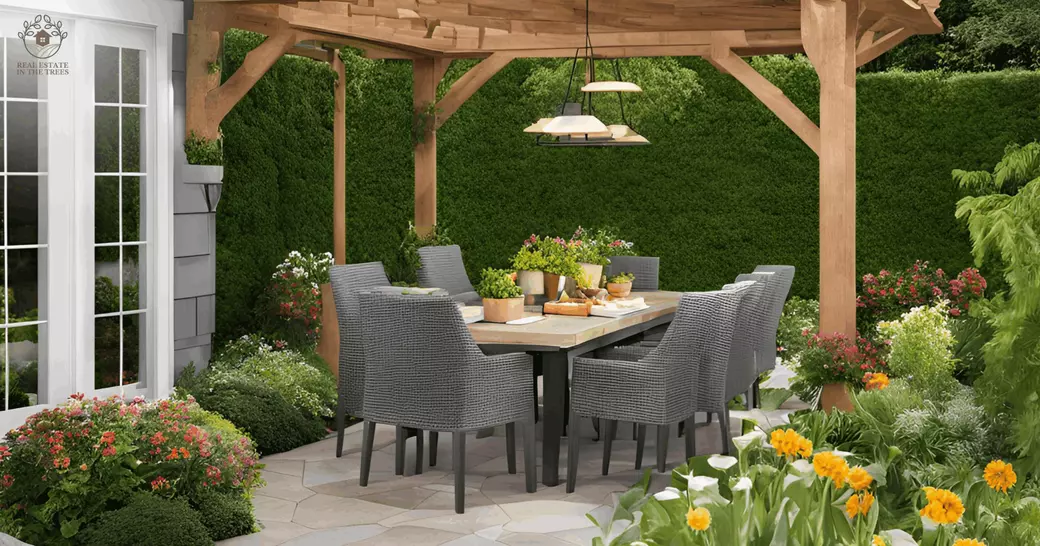
A low-maintenance garden allows you to enjoy a beautiful outdoor space without spending all your time on upkeep. Here are some tips to help you create a garden that’s easy to care for.
1. Choose the Right Plants:
- Native Plants: Select plants that are native to your area, as they require less water and care. Native plants are adapted to your local climate and soil conditions.
- Perennials: Choose perennials that come back year after year. These plants require less frequent replacement and can be more cost-effective in the long run.
- Drought-Tolerant Plants: Opt for plants that can withstand dry conditions. This reduces the need for frequent watering and makes your garden more resilient during dry spells.
2. Use Mulch:
- Weed Control: Mulch helps suppress weeds. A thick layer of mulch blocks sunlight, preventing weed seeds from germinating.
- Moisture Retention: It retains moisture, reducing the need for frequent watering. Mulch helps keep the soil cool and moist.
- Soil Health: Mulch adds nutrients to the soil as it decomposes. Organic mulch, such as wood chips or straw, enriches the soil over time.
3. Install an Irrigation System:
- Drip Irrigation: Use drip irrigation to deliver water directly to the roots, reducing waste. Drip systems are more efficient than traditional sprinklers.
- Timers: Set timers to automate watering and ensure consistent moisture levels. Timed irrigation systems help maintain a regular watering schedule.
4. Limit Lawn Areas:
- Reduce Grass: Replace some lawn areas with ground covers, shrubs, or flower beds. Lawns require frequent mowing, watering, and fertilizing.
- Low-Maintenance Grass: Choose low-maintenance grass varieties that require less mowing and watering. Some grass types are more drought-tolerant and disease-resistant.
5. Use Hardscaping:
- Pathways and Patios: Incorporate pathways, patios, and other hardscaping elements. Hardscaping reduces the amount of lawn to maintain and provides functional outdoor living spaces.
- Low-Maintenance Materials: Use materials like gravel, pavers, or stone. These materials require little upkeep and add visual interest to your garden.
6. Group Plants by Water Needs:
- Hydrozoning: Group plants with similar water needs together. This makes irrigation more efficient and prevents over- or under-watering.
- Efficient Water Use: Place drought-tolerant plants in areas that receive less water and water-loving plants in wetter spots.
7. Simplify Garden Design:
- Fewer Varieties: Limit the number of plant varieties in your garden. This reduces the complexity of care and creates a more cohesive look.
- Low-Maintenance Borders: Use simple, clean lines for garden borders and pathways. Avoid intricate designs that require frequent maintenance.
8. Maintain Soil Health:
- Compost: Use compost to enrich the soil. Compost improves soil structure, water retention, and nutrient content.
- Cover Crops: Plant cover crops to protect and nourish the soil. Cover crops prevent erosion, suppress weeds, and add organic matter to the soil.
9. Reduce Pests Naturally:
- Beneficial Insects: Attract beneficial insects like ladybugs and bees. These insects help control pests and pollinate plants.
- Companion Planting: Use companion planting to deter pests. Certain plants, like marigolds, can repel harmful insects and protect neighboring plants.
10. Plan for Seasonal Interest:
- Year-Round Appeal: Choose plants that offer interest throughout the year. Consider foliage color, flower blooms, and plant structure.
- Seasonal Maintenance: Plan for minimal seasonal maintenance. Choose plants that require little pruning, deadheading, or special care.
Recent Posts
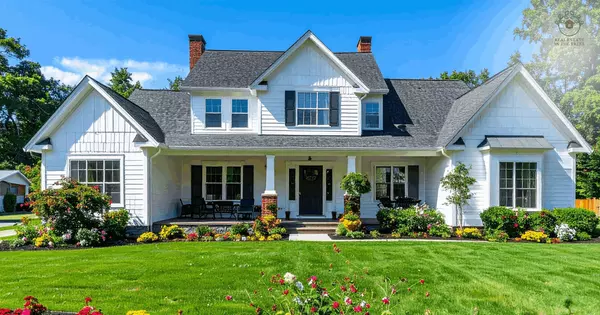
Keeping Your Exterior Paint Fresh and Protected
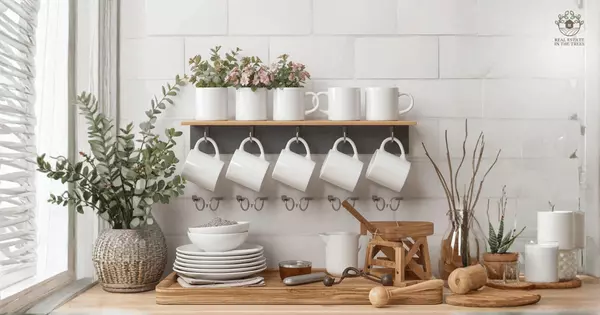
Building a Display Rack for Mugs
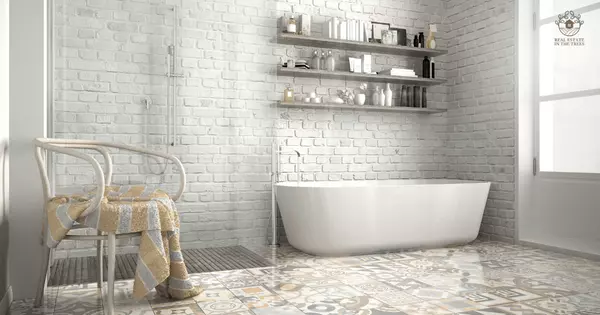
Keeping Bathrooms Fresh with Small Daily Habits

Cleaning Habits That Boost Dishwasher Efficiency
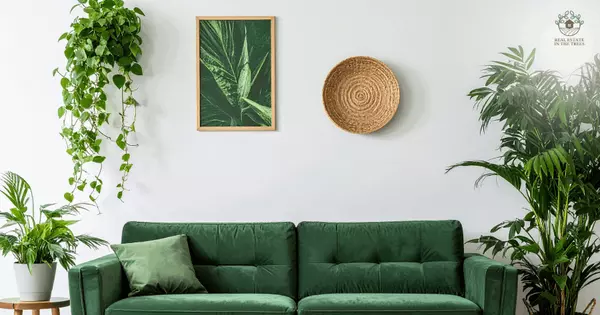
Making the Most of Minimal Furniture in Staging

DIY Decorative Mirror Ideas for Your Home
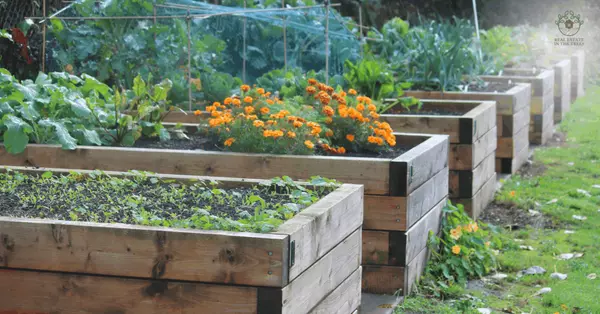
How to Build Your Own Raised Garden Beds
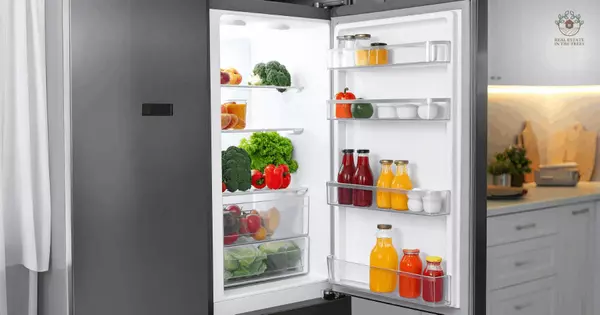
How to Keep Your Fridge Organized Every Week

The Benefits of Adjusting Your Move-Out Timeline
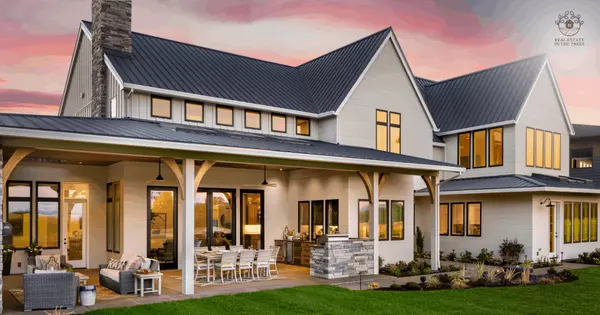
What Outdoor Features Are Worth the Cost?

"My job is to find and attract mastery-based agents to the office, protect the culture, and make sure everyone is happy! "
GET MORE INFORMATION
